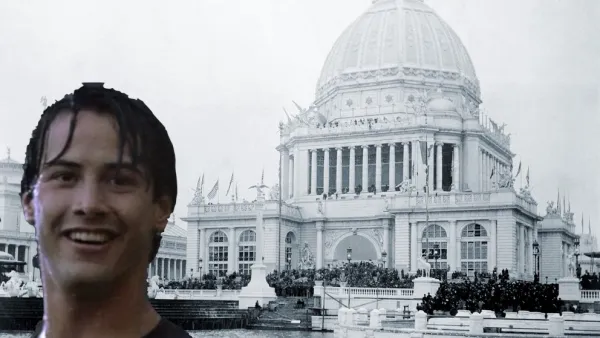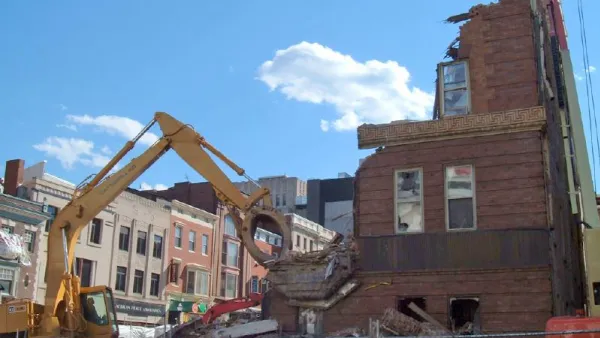A thoughtful look at what made Daniel Burnham's plan for the City of Chicago so successful.
"I started creating a list of attributes of the plan I think contributed to its success. Interestingly, all of these are lessons for today's planners and are often overlooked. So let's consider some of them.
1. It was a private sector, business led initiative. I hear people today moan about the feckless political leadership in their cities. But Chicago wasn't immune from this in the early 20th century. The rest of the civic leadership didn't wait around for the city politicians to get their act together. Rather, the Merchants Club of Chicago (which later merged with the Commercial Club, a still existing organization) stepped in and sponsored the creation of a plan that they saw as critical to overcoming the challenges the city faced at the time and propelling its future growth.
This is very relevant today. Most cities have some corporate/academic vehicle that is often a prime force in local initiatives. This is the logical place for such a civic strategy to be developed today. However, I might suggest that unlike in Burnham's day, having a broader stakeholder base is critical. Thus involving cultural institutions or other non-business groups, plus at least some form of broader community input is essential today. But I still think that it is generally the business community that is the likely sponsor for any plan.
2. It took two years to create. The Burnham Plan was not an overnight creation. It took a lot of research and deliberation. Today, it would likely take even longer. This is another reason why politicians aren't likely to be the driving force. They need solutions that show results within the election cycle. They need to cut ribbons, not produce three year studies."
FULL STORY: Chicago: What Made The Burnham Plan Successful?

Analysis: Cybertruck Fatality Rate Far Exceeds That of Ford Pinto
The Tesla Cybertruck was recalled seven times last year.

National Parks Layoffs Will Cause Communities to Lose Billions
Thousands of essential park workers were laid off this week, just before the busy spring break season.

Retro-silient?: America’s First “Eco-burb,” The Woodlands Turns 50
A master-planned community north of Houston offers lessons on green infrastructure and resilient design, but falls short of its founder’s lofty affordability and walkability goals.

Test News Post 1
This is a summary

Analysis: Cybertruck Fatality Rate Far Exceeds That of Ford Pinto
The Tesla Cybertruck was recalled seven times last year.

Test News Headline 46
Test for the image on the front page.
Urban Design for Planners 1: Software Tools
This six-course series explores essential urban design concepts using open source software and equips planners with the tools they need to participate fully in the urban design process.
Planning for Universal Design
Learn the tools for implementing Universal Design in planning regulations.
EMC Planning Group, Inc.
Planetizen
Planetizen
Mpact (formerly Rail~Volution)
Great Falls Development Authority, Inc.
HUDs Office of Policy Development and Research
NYU Wagner Graduate School of Public Service



























